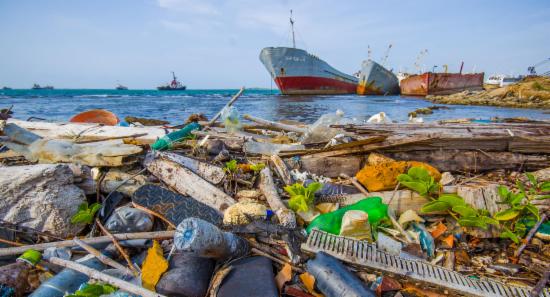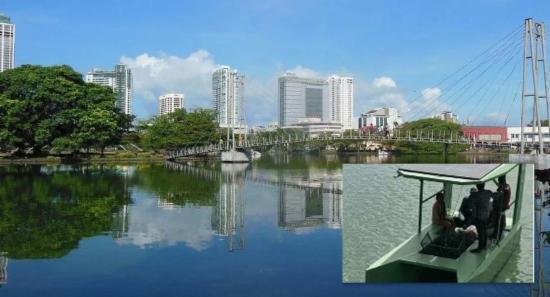.webp)

Sri Lanka’s Credit Profile Holds Steady as Moody’s Flags Debt Risks
COLOMBO (News 1st); Global rating agency Moody’s Investors Service has completed its periodic review of Sri Lanka’s credit profile, reaffirming the country’s Caa1 foreign-currency long-term issuer rating and maintaining a stable outlook.
The review, conducted on October 2, did not result in a rating action but assessed the appropriateness of the current rating against recent economic and fiscal developments.
Moody’s noted that Sri Lanka’s ratings reflect weak debt affordability and a high debt burden, which continue to limit fiscal flexibility and the government’s ability to absorb shocks or address social and climate-related challenges.
While external vulnerability and liquidity risks have eased following the April 2022 debt restructuring and improved foreign exchange reserves, the economy remains heavily reliant on external financing.
Balanced against these structural weaknesses are positive indicators of recovery. Real GDP growth reached 4.8% year-on-year in the first half of 2025, following 5% in 2024, supported by rising investment activity, higher social spending, and a strong rebound in tourism and remittances. Moody’s expects growth to moderate slightly to around 4.5% for 2025, as base effects taper off.
Fiscal consolidation efforts remain on track, with government revenues up 26.5% year-on-year in the first seven months of 2025, driven by vehicle import duties and robust tax collections.
The fiscal deficit is projected to narrow to 6.0–6.5% of GDP this year, down from 6.8% in 2024, while the primary balance stays in surplus—supporting gradual debt reduction.
The stable outlook reflects balanced risks at the current rating level. On the upside, continued implementation of reforms may strengthen its credit profile beyond our current expectations, to a level consistent with a higher rating.
Conversely, the still-narrow government revenue base and limited fiscal space, combined with heavy reliance on external financing, is a source of downside credit risk, in particular should the global macroeconomic environment become less supportive.
Moody's also added that the upward pressure on the ratings would emerge if further reform implementation were to strengthen the government's credit profile beyond current expectations, including through a significant broadening of the revenue base that strengthened debt affordability, increased fiscal flexibility and supported a further significant decline in the debt burden.
A lengthening track record of reform implementation would also support a higher assessment of the quality and effectiveness of institutions.
Downward pressure on the ratings would emerge if the government's reform appetite were to wane, potentially resulting in policies that weaken its credit profile.
A weaker global macroeconomic environment that resulted in a significant erosion of foreign exchange buffers would also exert downward pressure on the ratings, it added.
Sri Lanka’s Caa1 rating with a stable outlook means the country remains in a very high-risk credit category, signaling weak debt affordability and heavy reliance on external financing.
To move to a better position like B3, Sri Lanka must strengthen fiscal discipline, broaden its revenue base, boost reserves, and accelerate structural reforms to improve investor confidence.
Other Articles
Featured News





.png )
-811814_550x300.jpg)
-686415-778708_850x460-797611_850x460-811808_550x300.jpg)


-811788_550x300.jpg)






-810262_550x300.jpg)
-809496_550x300.jpg)











.webp)






